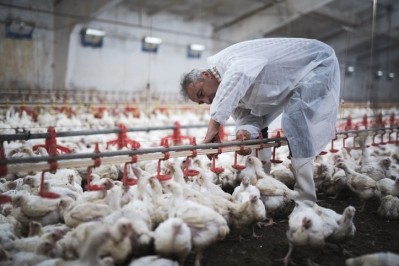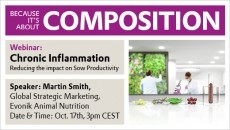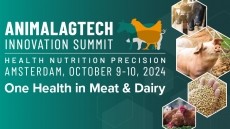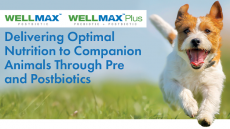What is the impact of feeding essential oils, prebiotics, and probiotics on antimicrobial resistance?

The work is backed by a $1m research aid grant from the US Department of Agriculture (USDA).
Erika Ganda, assistant professor of food animal microbiomes, at the Department of Animal Science at Penn State’s College of Agricultural Studies, is running the project.
Along with project co-investigators Jasna Kovac, a professor of food safety, and John Boney, a poultry nutrition specialist, Ganda said she intends to apply the refined method to assess the impact of different alternatives to antibiotic feed additives on antimicrobial resistance in broiler production.
Impact of copper, zinc and other antibiotic alternatives on AMR
“We know that by feeding higher levels of copper (Cu) and zinc (Zn), which are not antibiotics, we still see rises in antimicrobial resistance because the bacteria have similar mechanisms to resist metals and antibiotics,” Ganda said. “There is limited data on what the impact of feeding essential oils, prebiotics and probiotics have on antimicrobial resistance. We aim to help fill that gap.”
According to a US study from a few years ago, enteral bacteria, both commensal and pathogenic, in farmed animals have been shown to develop resistance to trace elements such as Zn and Cu and concomitant cross-resistance to antimicrobial agents, and such bacteria may be transferred to other animals and human.
In two opinions, the EFSA Panel on Additives and Products or Substances used in Animal Feed (FEEDAP) recommended that zinc and copper contents be cut. Those experts suggested that this would reduce residues of both of these metals in manure by 20%. Recommendations for zinc were based on animal requirements, while the opinion on copper in feed also considered its impact on AMR. These recommendations have since been enacted in EU legislation.
A more recent UK Food Standards Agency review found there was evidence that biocidal agents and/or heavy metals may, in some contexts, co-select for AMR in microorganisms.
New method
The existing techniques used for tracing AMR transmission mostly rely on isolate-based testing, which is time-consuming and provides information on only a few pathogens and antibiotics, Ganda explained.
Another limited approach is to DNA sequence microbial communities in a sample using a comprehensive technique, known as culture-independent shotgun metagenomics, to gather a comprehensive profile of the antimicrobial resistance landscape. However, this method is prohibitively expensive to apply for surveillance, she noted.
“The goal of our awards is to refine, validate, apply and disseminate an antimicrobial resistance-profiling method developed by our group — which we call rhAMR.” Ganda said. “By adapting highly multiplexed amplicon sequencing-based technologies, we will gather information on thousands of antimicrobial-resistance variant genes of interest with same-day results. This rapid deployment and scaling for detection of antimicrobial resistance will be a game changer for industries such as diagnostics, animal and human health, and biotech that we hope to collaborate with in the near term.”


















